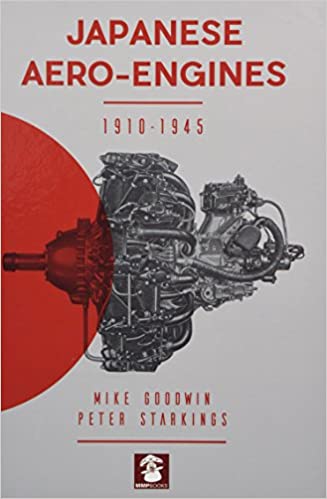Operational History
As World War II arrived, the U.S. military chose the Wasp Junior for the Vultee BT-13 Valiant and North American BT-14 basic training aircraft and for the Vought OS2U Kingfisher observation floatplane. Military versions of existing Wasp-Junior-powered civil aircraft were also produced, such as the military derivatives of the Beech 18, Beech Staggerwing, Grumman Goose, and Howard DGA-15. The Wasp Junior also powered some versions of the British Avro Anson and Airspeed Oxford twin-engine trainers. The demands of World War II led to the production of many thousands of Wasp Juniors.
Up until the end of the war, the Wasp Junior's closest competitor was Wright Aeronautical's R-975 Whirlwind. However, during the war, the Wasp Junior was far more widely used in aircraft than the R-975, and Wright ceased production of the R-975 in 1945.
After World War II, many military-surplus aircraft with Wasp Junior engines entered the civil market. Production of the Beech 18 with the Wasp Junior engine continued until 1970. New designs based on the Wasp Junior were also introduced, such as the Sikorsky H-5 helicopter, the de Havilland Beaver and Max Holste Broussard bush airplanes, and agricultural aircraft like the Snow S-2B and S-2C, Grumman Ag Cat, and Weatherley 201.
Pratt & Whitney ceased production of the Wasp Junior in 1953, having built 39,037 engines. Many Wasp Junior engines are still in use today in older bush planes and agricultural planes, as well as in antique aircraft. Some antique aircraft, such as the Boeing-Stearman Model 75, which originally used other engines have had them replaced with the Wasp Junior to provide more power or for easier maintenance, since parts for the Wasp Junior are readily available.
Sources:
Wikipedia
P&W R-985 Maintenance Manual 1977





